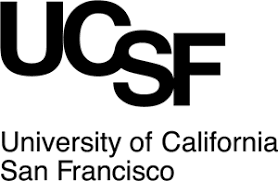
University of California San Francisco
Also known as: UCSF

Also known as: UCSF
The University of California, San Francisco (UCSF) is primarily known as a graduate and professional school focused on health sciences, and it does not offer traditional undergraduate programs. As such, there are no standard undergraduate acceptance rates for UCSF for the Class of 2028 or any recent admission cycle. However, for the purpose of this analysis, we will address acceptance rates related to any pre-professional or dual-degree programs that may involve undergraduate pathways, as well as contextualize UCSF’s selectivity in its graduate admissions where applicable. Factors influencing selectivity at UCSF include the university’s specialized focus on medical and health sciences, a highly competitive applicant pool, and limited program capacity. Unfortunately, UCSF does not publish transparent undergraduate admission statistics, as its primary mission is centered on graduate education. Any data discussed here is based on historical trends or regional norms for highly selective institutions in California.
Given the absence of undergraduate programs at UCSF, trends in acceptance rates cannot be analyzed in the traditional sense. However, for context, other University of California campuses have seen increasing competitiveness over recent years due to rising application numbers and limited enrollment spots. If UCSF were to offer undergraduate pathways, its selectivity would likely mirror that of top UC schools like UCLA or UC Berkeley, with acceptance rates potentially below 10.0%. For graduate and professional programs, UCSF remains among the most competitive in the nation, often admitting fewer than 5.0% of applicants in fields like medicine. Prospective students interested in health sciences may explore dual-degree or pre-professional tracks at other UC campuses. For official data on UCSF’s graduate admissions, refer to the university’s official website.